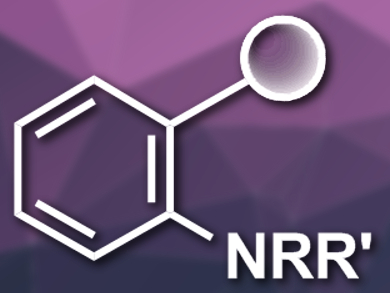C–H activation reactions are useful synthetic tools to introduce functional groups. They can be catalyzed using transition metals, commonly noble metals. Cheaper, more abundant elements such as cobalt can be a good alternative to the expensive noble metals. However, cobalt-catalyzed reactions such as alkoxylations, aminations, and arylations need external oxidants, which can cause the formation of byproducts.
Aiwen Lei and colleagues, Wuhan University, China, have developed an electrochemical, oxidant-free, cobalt-catalyzed C–H amination of arenes. In this approach, the anodic oxidation replaces chemical oxidants. The team combined a variety of arene substrates featuring a carboxamide directing group with a range of alkylamines using Co(OAc)2·4 H2O as a catalyst, sodium pivalate as a base, and acetonitrile as a solvent under constant-current electrolysis in a divided cell.
The reaction tolerates a variety of functional groups, proceeds in moderate to good yields, and can be used on a gram scale. It needs no external oxidant and lower temperatures than previously developed cobalt-catalyzed C–H functionalizations. According to the researchers, these features are promising for industrial use.
- Cobalt(II)-Catalyzed Electrooxidative C–H Amination of Arenes with Alkylamines,
Xinlong Gao, Pan Wang, Li Zeng, Shan Tang, Aiwen Lei,
J. Am. Chem. Soc. 2018.
https://doi.org/10.1021/jacs.7b13049



